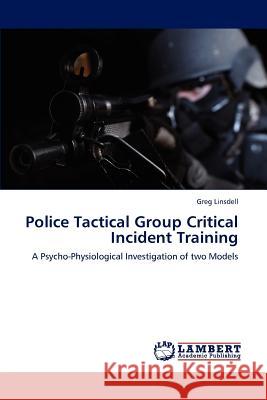Police Tactical Group Critical Incident Training » książka
Police Tactical Group Critical Incident Training
ISBN-13: 9783847336594 / Angielski / Miękka / 2012 / 124 str.
Police tactical groups (PTGs) are generally given assignments at the higher end of the scale of risk. Their role typically includes dealing with armed offenders as well as violent and unpredictable people who may be drug affected or mentally ill. Invariably personnel are prepared for such tasks through training. The effects of stress on performance and the benefits of realism in training are examined to reveal that high levels of realism are required in order to trigger the same responses in the trainee that are likely to be encountered in the field. An investigation is then conducted of two forms of critical incident training; one where live firing is used on paper targets, and the other where paint ball rounds are used on live targets. Heart rate and salivary cortisol (a stress hormone) are measured and compared to determine which form of training has the greater training effect; thereby establishing a protocol by which such quantitative evaluation may be conducted by trainers in high risk professions to more rigorously fulfil their responsibility to bridge the gap between training and reality in order to save lives.











